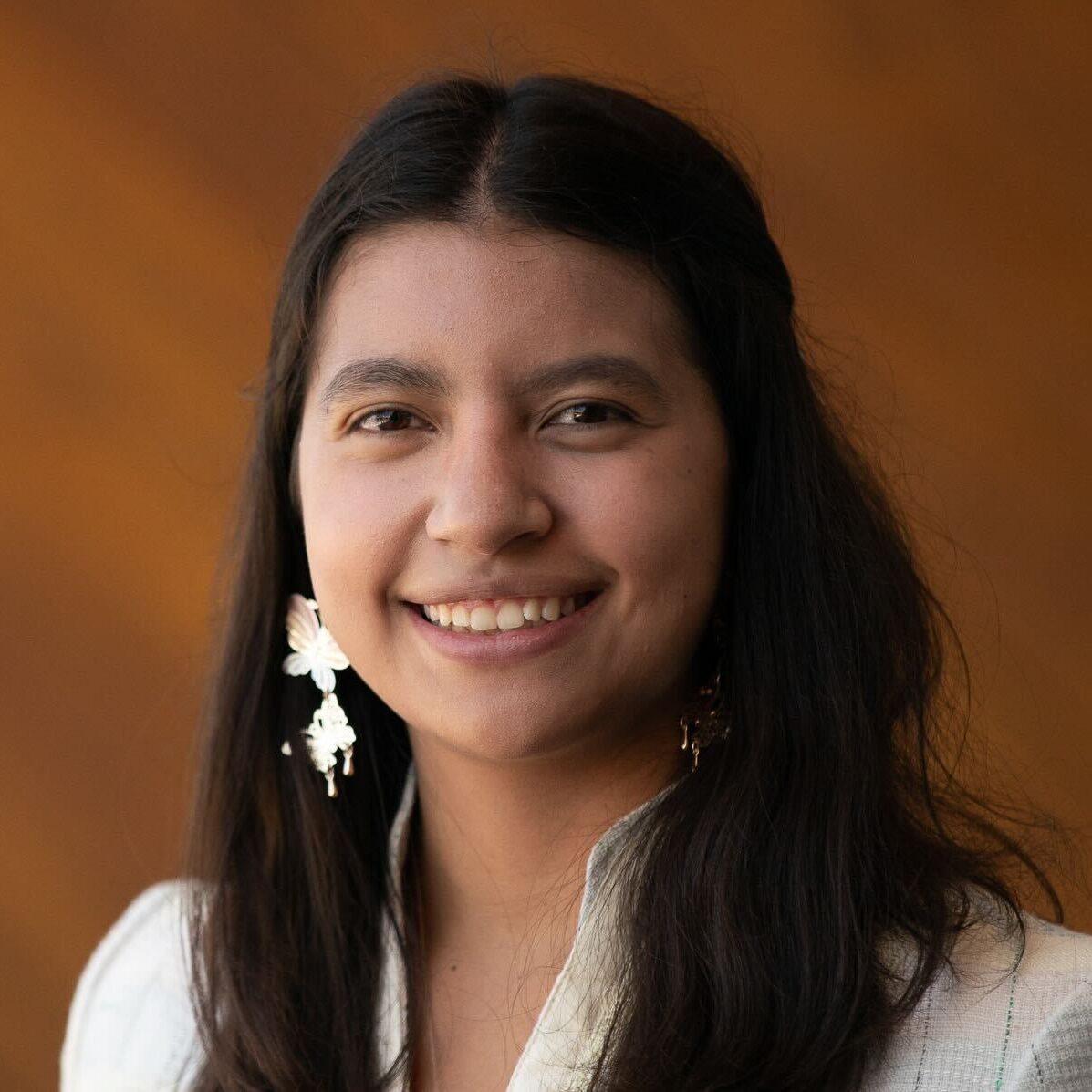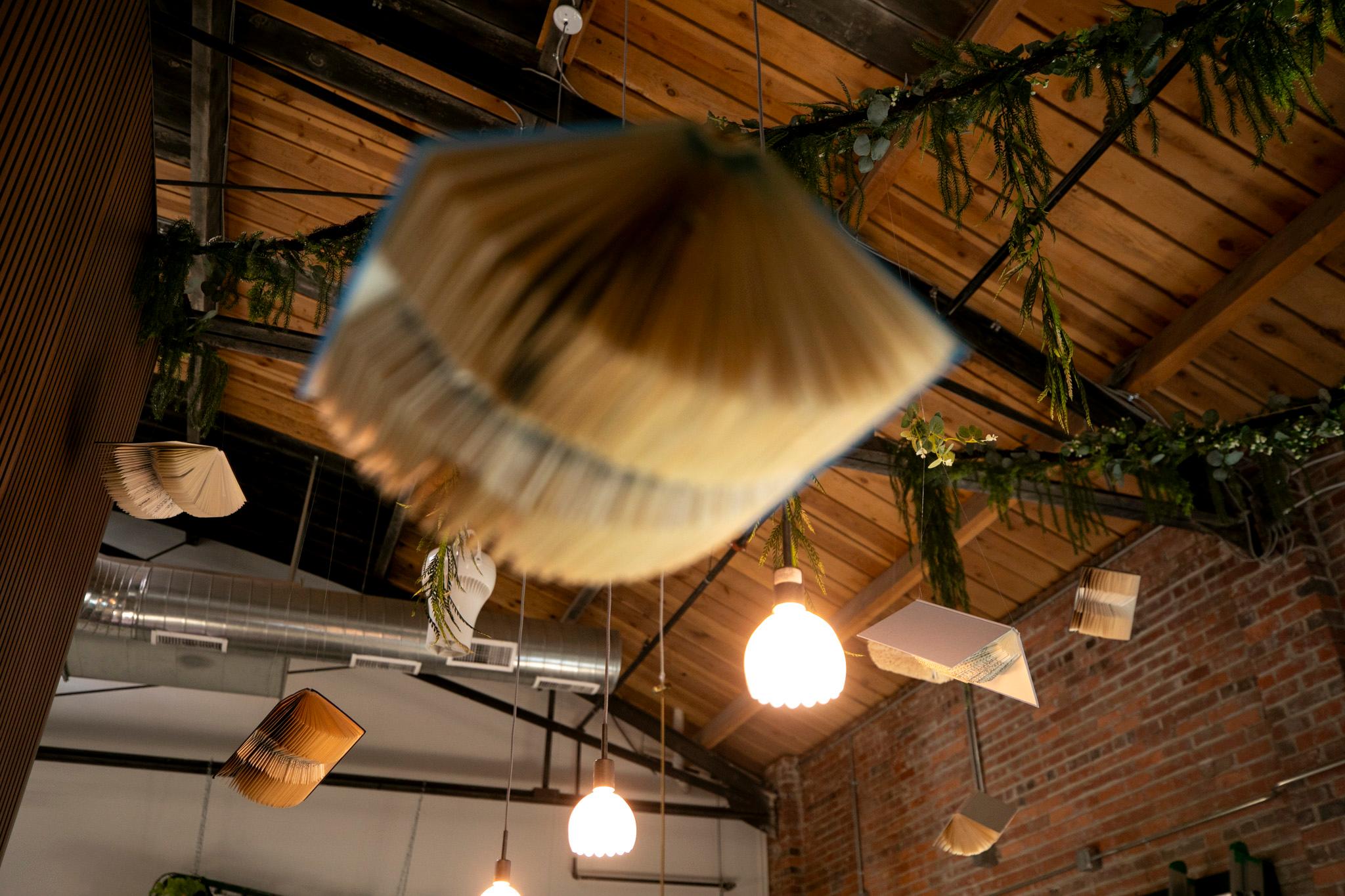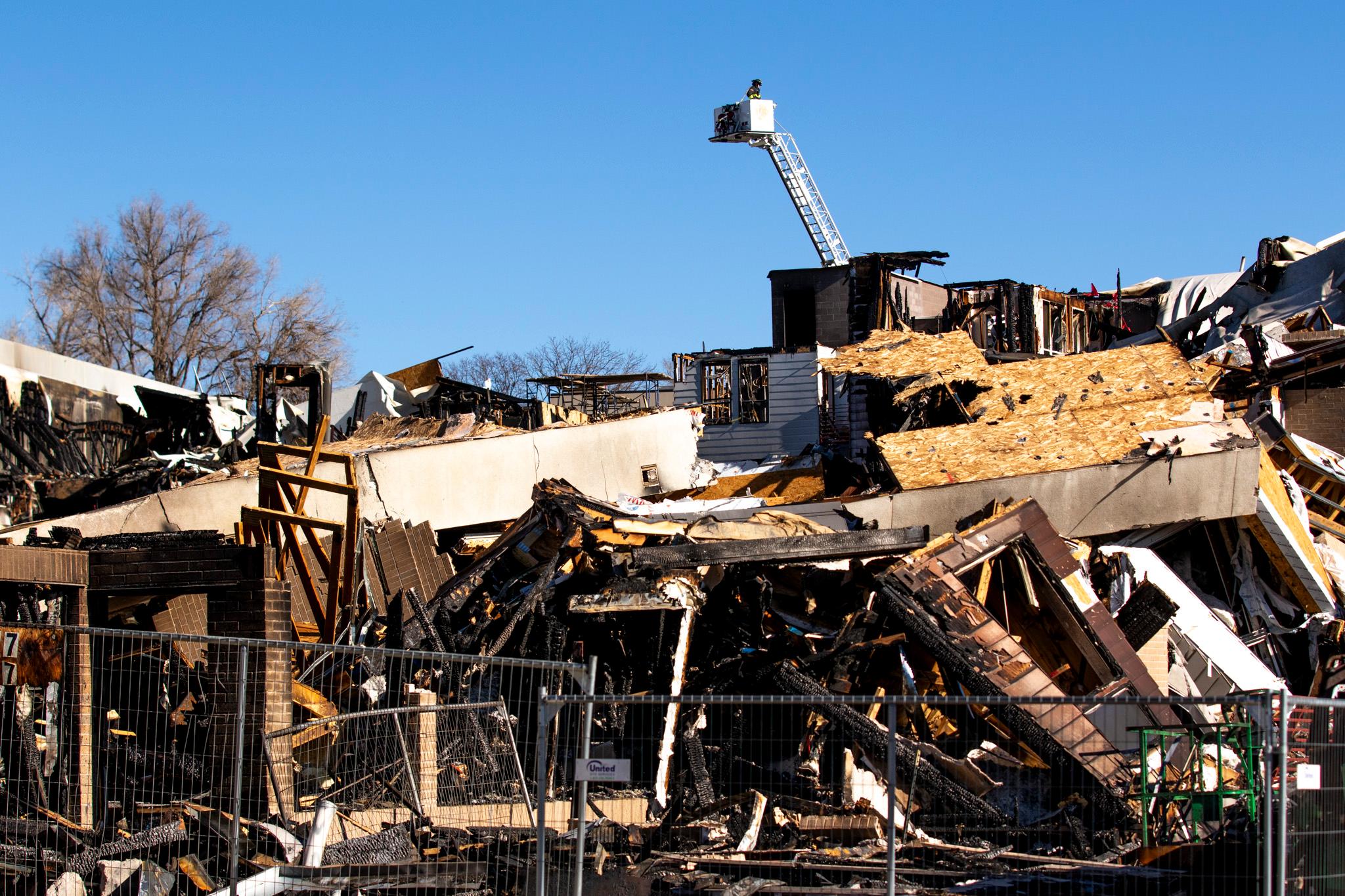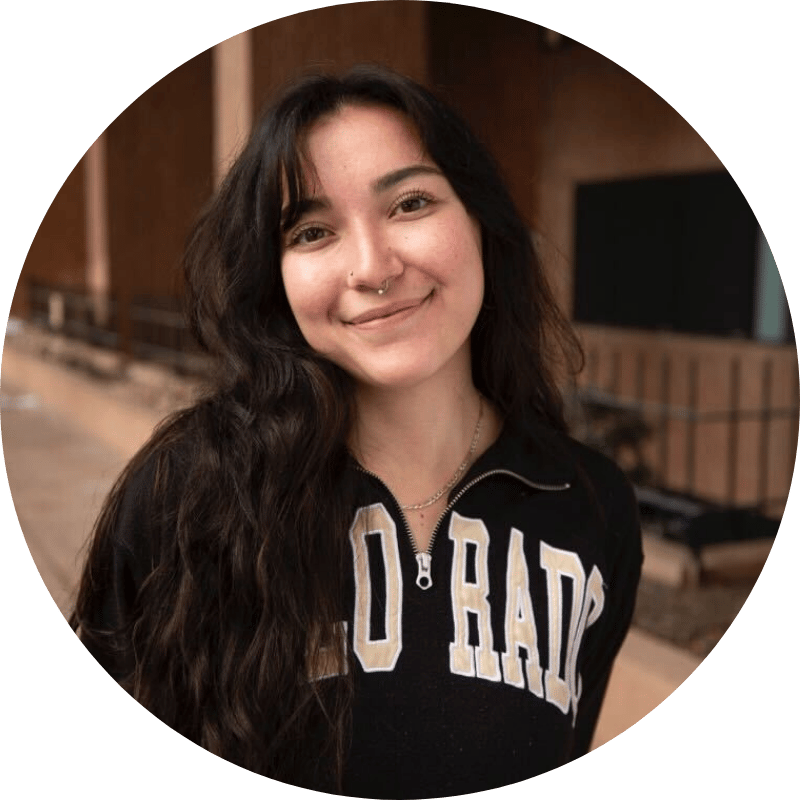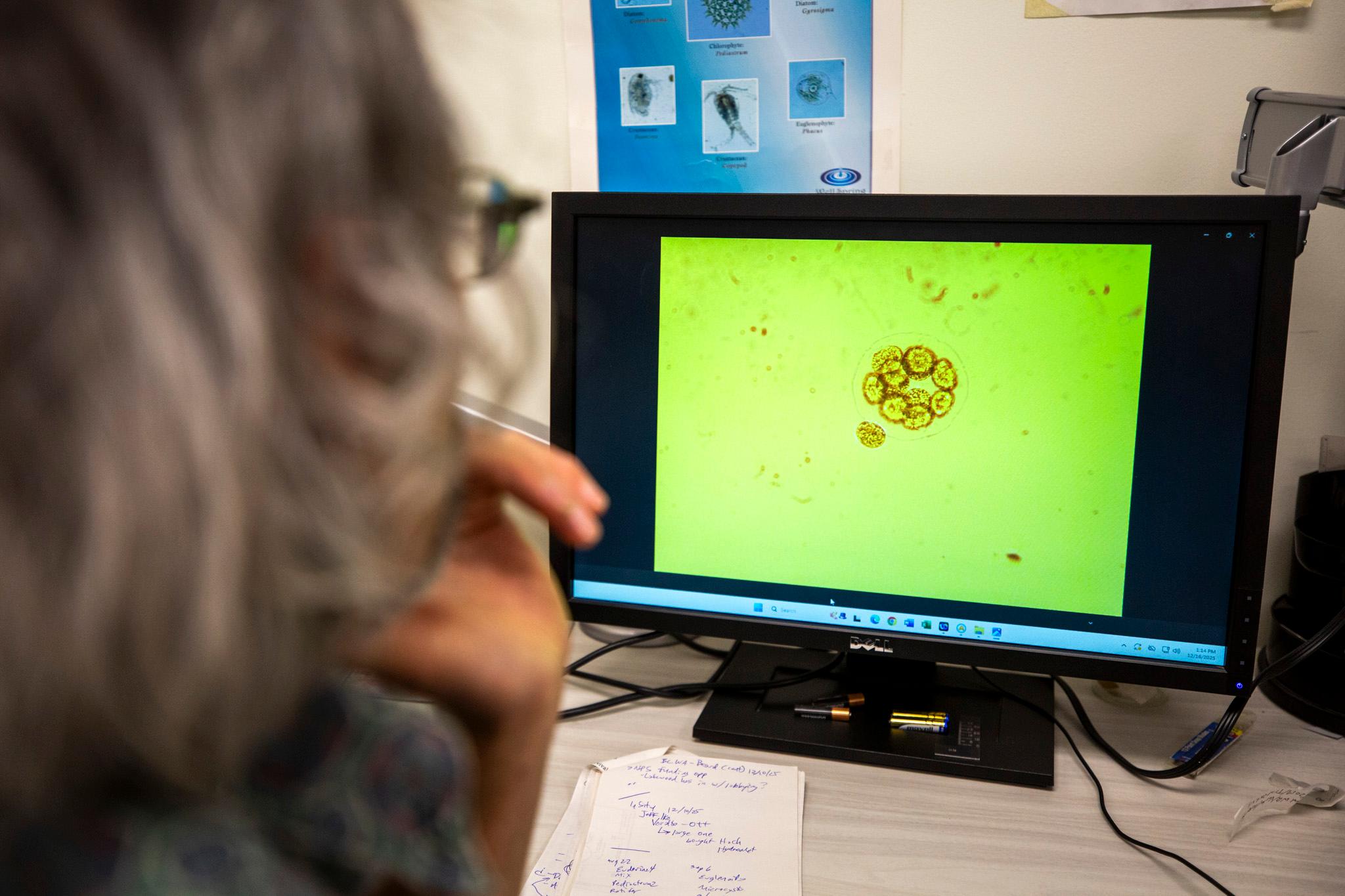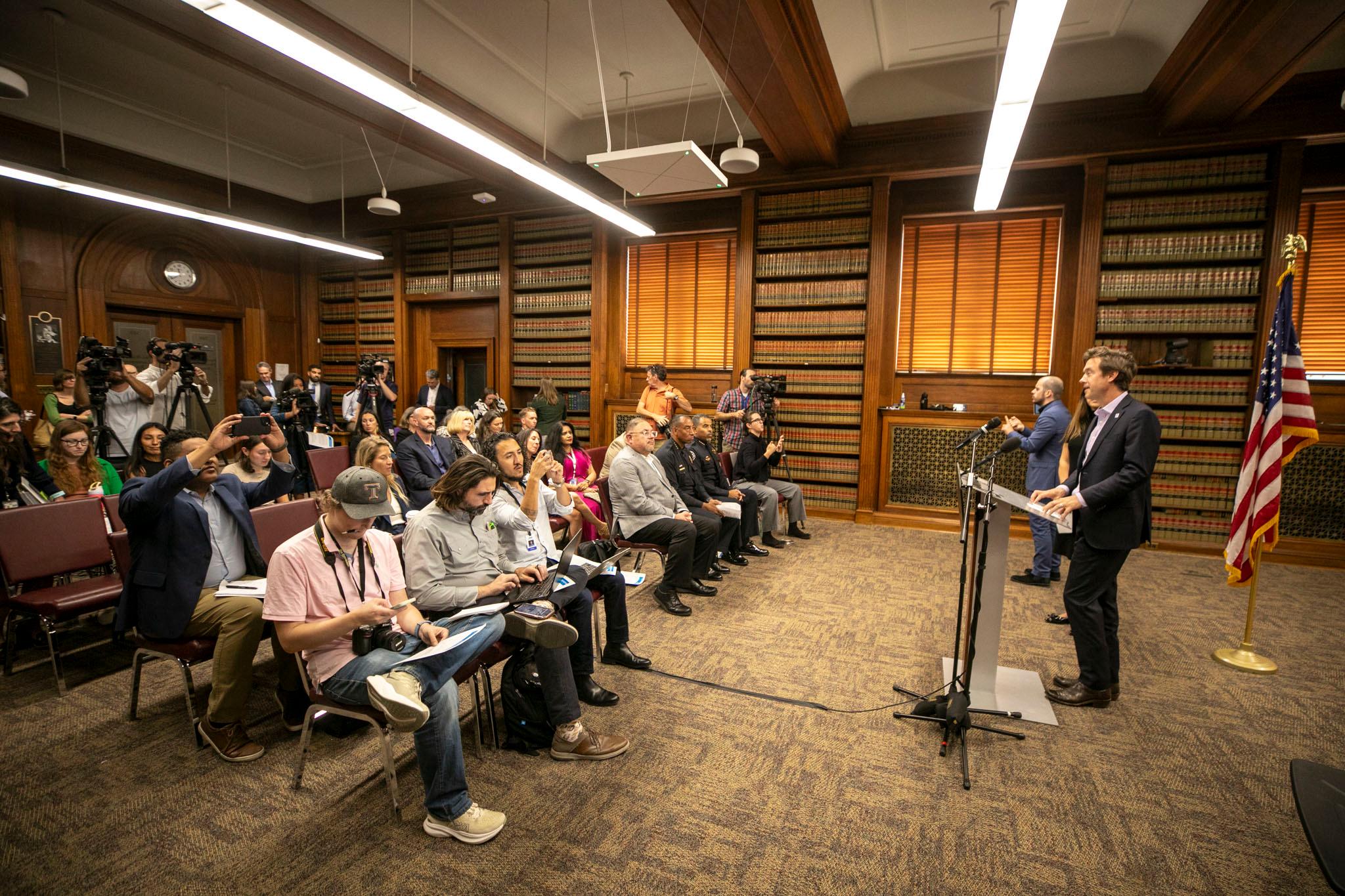Denverite occasionally publishes personal essays. Juanita Hurtado Huérfano, our summer 2025 intern, explored the question of representation in the world of romance books — including for her own relationship.
Walking into a romance bookstore like the Spicy Librarian can be oddly intimidating.
It’s not the look of the place: a century-old brick exterior, the door opening to a splash of green and pink and rows of books, tote bags and inviting couches. Nor the secret door to the adults-only section.
Rather, something more personal was on my mind when I visited this summer.
As an avid romance reader, I was excited to visit Denver's first physical, romance-only bookstore, but I was scared I wouldn’t see myself in this space.
I’m a Colombian girl with dark brown skin whose idea of courtship and family involves traditional food, mariachi songs and vallenatos, too much dancing and loud dinners with strong accents. Not the kind of scenarios you find in a romance book from a mainstream bookstore — at least not often.
And then I went and fell in love with a Mexican-Irish-American man.
Talk about making my life easier.
So, this summer I started searching more intentionally for books featuring interracial or multicultural couples. I wanted books that talked about the cultural clashes, language barriers and unlearning of biases and stereotypes that come with intersectional love.
I was looking for books that captured the little details — like how I’ve had to teach my partner that not all Latinos like spice — Colombians tend to have a very low tolerance for the spicy foods Mexicans tend to love, which he learned the wrong way.
I was also looking for more complex conversations about how love is seen and shown in our different cultures.
As I searched, I started to ask: Why were these romances so rare? Was it a lack of an audience? Were they hidden in random corners? Were publishers blocking them?
And why did I want to find one so badly?
The Spicy Librarian was the place to start.
Sydney Ivey opened the Spicy Librarian on Blake Street this year.
As I quickly learned, she has been pushing for more representation in the romance genre. The second floor of her bookstore is filled with shelves of books by LGBTQ+ and BIPOC authors —and the same titles can be found in her fantasy, science-fiction and contemporary sections too.
In an interview, Ivey told me she didn’t want people to have to “survey bookshelves” to find the “few books that do represent them.” Ivey especially wanted to make sure these sections didn’t disappear when Pride or Hispanic Heritage Month ended each year.

After all, she herself had struggled to find romance books that represented her whole identity. As a Jewish woman, she found holiday love stories set around Hanukkah were extremely rare.
On the East Coast, Sarah Wendell had the same problem.
Wendell is the co-founder of the website “Smart Bitches, Trashy Books” — a site dedicated to compiling, highlighting, analyzing and discussing romance books since 2005. Her frustration with the lack of Hanukkah romances led her to self-publish “Lighting the Flames” in 2014.
Self-publishing at the time was considered a “vanity decision” and the works were deemed “low-quality” and “unedited,” Wendell said. But she did it anyway because big publishing houses were still dismissing romance books as “chick lit.”
Publishers also demanded that romance books presented a so-called “universal experience.”According to Wendell, this “universal experience” tended to follow a very simple formula: white, heterosexual, Christian and cisgender romance that ultimately led to marriage and childbirth.
Any story that did not fit that formula was rejected or marked as “unsellable,” she recalled.
“Publishing works within a very specific marketplace. It has booksellers. It has buyers for retailers, and that's its audience,” Wendell said. “They're still not used to being a consumer-based product. So you have an industry that is white and it knows how to sell white books to white people.”
Even those BIPOC and LGBTQ authors who were picked up by publishing houses tended to have their books fail. Wendell explained that the promotion and marketing investments were — and continue to be — lower for underrepresented authors.
The promotion of books by BIPOC and LGBTQ authors often sidelines them into “ethnic shelves,” Wendell said. The books are sold as an “Indigenous Romance” or “Mexican American Romance” instead of any of the other tropes the book might include –like “grumpy/sunshine” or “found family”– sending a message to readers that if they don’t look like the protagonist, the book is not for them.

Authors are leading a revolution in representation.
The industry’s narrow focus ultimately led to a profound change: the self-publishing boom that began around 2009.
In her book “Love in the Time of Self-Publishing: How Romance Writers Changed the Rules of Writing & Success,” CU professor Christine Larson reports “romance writers’ median income rose 73 percent” between 2009 and 2014, and among them “authors of color saw more income growth [about 150 percent] than white authors [63 percent].”
This revolution was pioneered by authors of color and queer authors. They took to self-publishing, social media and digital platforms to cultivate communities and readership that later led to seven-figure deals. Soon, the big publishing houses like Harlequin and Avon moved in.
And five years later, the pandemic and the rise of #BookTok on social media also changed how romance was seen. Rather than being dismissed as “raunchy” and “smut,” romance novels became the top-selling genre in the United States, with $1.44 billion in sales per year and over 39 million copies sold.
That has come with a rise in representation.
The Ripped Bodice, a romance bookstore with shops in New York and Los Angeles, tracks how many books by BIPOC authors are published each year and by which publishing house. The study found representation grew significantly from 2016 to 2020, with BIPOC authors expanding from about 8 percent of published works to 12 percent — though that number hasn’t grown in the five years since.
Simultaneously, romance-only bookstores began popping up across the country. The U.S. has about 67 romance-only shops, with many owners pushing for a wider representation of love.
Here in Denver, Sidney Ivey said 50 percent of the Spicy Librarian’s stock is made up of self-published authors as a way to guarantee not mainstream stories still make it to the bookshelves.

But where were the interracial stories?
Throughout my search, I’ve identified a handful of books explicitly focused on interracial relationships, such as “Love in English” by Maria E. Andreu, “The Love Simulation” by Etta Easton and “Heart Strings” by Ivy Fairbanks.
But they have proved far harder to track and find than other forms of representation. They aren’t marketed as specifically, and they aren’t catalogued in efforts like Romancing the Data.
I don’t believe it’s for the lack of an audience. The Pew Research Center reports interracial relationships have grown from just 3 percent of U.S. marriages to roughly 20 percent since 1967.
This knowledge left me with a bittersweet taste.
The trends and movements I found made me optimistic. Representation in romance books has grown and may continue to expand, especially with romance-only bookstores popping up.
But interracial romances might continue to be underrepresented in the genre without a higher level of awareness and demand from readers and publishers.
One question remained: Why did I want to see myself in these love stories?
After all, I have already lived it.
I’ve had to translate dinner conversations between my partner and my family. I’ve made him learn to dance — because my mom will think we are fighting if we are not together on the dancefloor at family parties.
And I know what it is like to watch the Super Bowl with no knowledge of the rules, the score, or any of the teams.
So, I knew what these relationships require: honest communication, the willingness to learn, the patience to teach.
Why would I need a book to tell me about it?
The answer came to me during an interview with Tayler Simon, founder of the South Carolina movement “Liberation is Lit.” Part online bookstore and part activism, Simon’s project aims to challenge dominant narratives like the “universal experience” publishers demanded in romance books.
During our interview, she explained that romance books cover a lot more than courtship, sex and “I do.” Between the lines, they tackle whatever issues are at the forefront of public discourse.
For example, romance author Ali Hazelwood is known for addressing sexism in the science field and the challenges women face. Maria E. Andreu’s “Love in English” tackles language barriers, immigration, the American Dream and discrimination. Elizabeth Acevedo’s The Poet X looks at family dynamics, generational trauma and substance abuse.
Romance books tackle these issues through the safe space of a story: a couple’s interactions, conversations, challenges and reactions – and their happily ever after..
These stories are like love maps. And without that map, readers like myself feel disregarded.
“That doesn't leave a lot of room to express our full range of humanity like our pleasure, and like our love, and like how we deserve love too,” Simon said. “And having our own experiences reflected back in ways that we don't often see can be really healing for us. It shows our stories and our love matters too.”
It really was that simple.
Now, I’m not writing my own romance like Wendell did, nor will I follow Simon’s and Ivey’s steps to open my own bookstore.
But I will ask you this: What are the romance stories you want to read? What are the ones that have mattered most? What’s the love you’ve lived, and have you seen it on the shelves?
Simply because your stories matter too.
